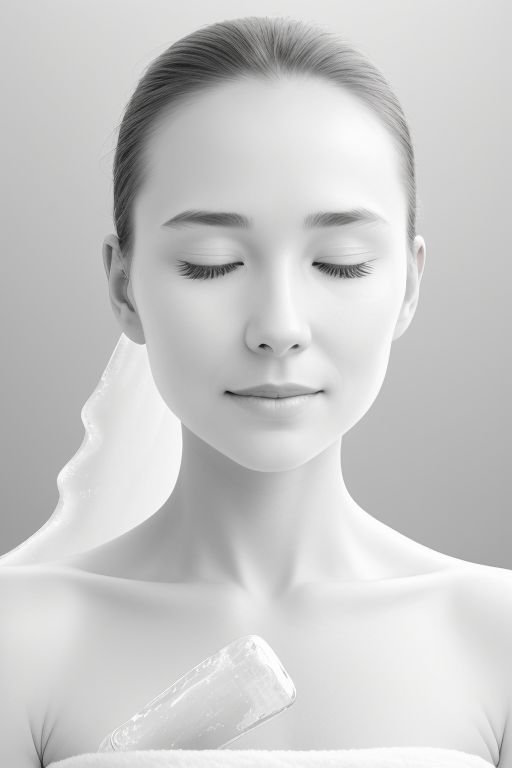When it comes to the world of modeling, facial symmetry plays a crucial role in determining a model’s success. Symmetry is often associated with beauty and attractiveness, and it is believed to be a key factor in our perception of facial aesthetics. While genetics largely determine facial symmetry, there are external factors that can influence it as well. One such factor is the way we breathe.
It may come as a surprise, but the way we breathe can have a significant impact on our facial structure and overall symmetry. Breathing through the nose is considered to be the optimal way of breathing, as it allows for proper oxygen exchange and filtration. On the other hand, breathing through the mouth can lead to a range of issues that can affect facial symmetry.
The Effects of Mouth Breathing
Mouth breathing, especially when it becomes habitual, can have several negative effects on facial symmetry. Here are a few ways in which mouth breathing can impact the face:
1. Dental and Jaw Misalignment
When we breathe through our mouths, our tongue tends to rest in a lower position, which can result in dental and jaw misalignment. This misalignment can lead to an uneven bite, crooked teeth, and a less symmetrical facial appearance.
2. Narrowing of the Upper Airway
Mouth breathing can lead to a narrowing of the upper airway, which can affect the development of the facial bones and muscles. This can result in a narrower and less symmetrical face.
3. Changes in Facial Muscles
The muscles we use for breathing differ when we breathe through the mouth compared to when we breathe through the nose. Mouth breathing can cause certain facial muscles to become weaker or overactive, leading to asymmetry in the face.
Improving Facial Symmetry through Proper Breathing
Fortunately, there are steps that can be taken to improve facial symmetry by addressing poor breathing habits:
1. Nasal Breathing Exercises
Engaging in nasal breathing exercises can help train the body to breathe through the nose. These exercises can include breath control techniques, such as inhaling and exhaling slowly through the nose, as well as gentle nasal stretches.
2. Seeking Professional Help
If you suspect that mouth breathing is affecting your facial symmetry, it may be beneficial to consult with a healthcare professional. A dentist or orthodontist can assess your dental and jaw alignment and provide appropriate treatment options. An ear, nose, and throat specialist can also evaluate your airway and provide guidance on improving nasal breathing.
3. Practicing Good Oral Habits
Maintaining good oral hygiene and practicing proper tongue posture can also help improve facial symmetry. Keeping the mouth closed and the tongue resting against the roof of the mouth can promote nasal breathing and support proper facial development.
Conclusion
In the world of modeling, facial symmetry is highly valued. While genetics play a significant role in determining facial symmetry, external factors such as breathing habits can also have an impact. Mouth breathing can lead to dental and jaw misalignment, narrowing of the upper airway, and changes in facial muscles, all of which can affect facial symmetry. By addressing poor breathing habits through nasal breathing exercises, seeking professional help, and practicing good oral habits, individuals can take steps towards improving their facial symmetry and overall appearance.




